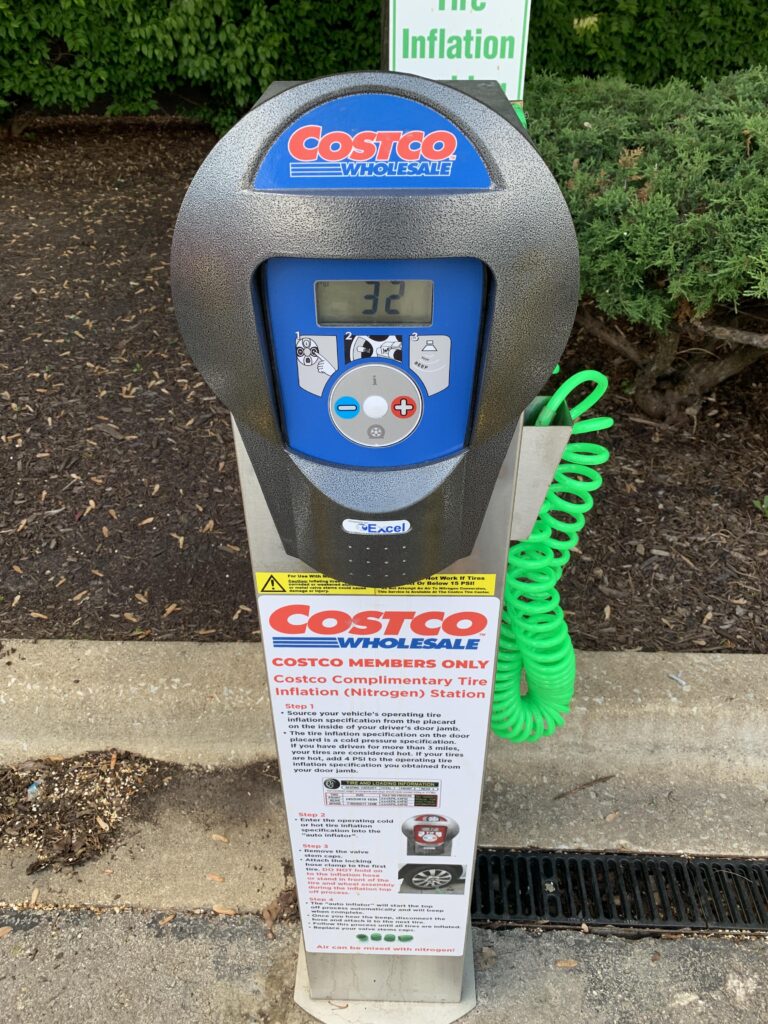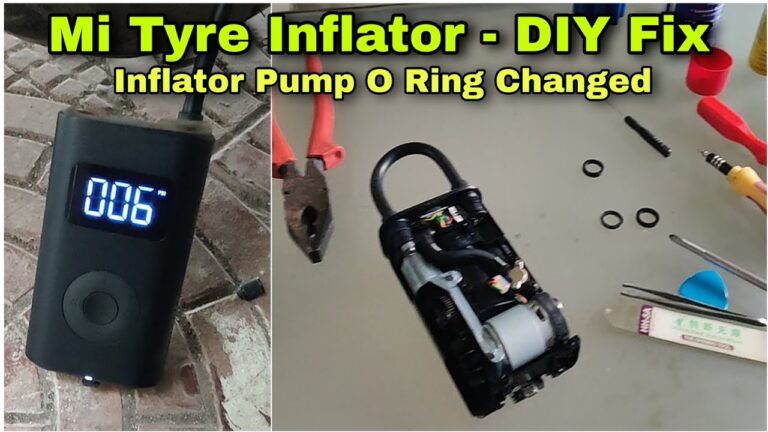How To Air Up A Tubeless Bike Tire
Flat tire? It’s happened to the best of us! Learning how to air up a tubeless bike tire properly can save you time, frustration, and potentially a costly repair. This guide will walk you through the process step-by-step, covering everything you need to know to get back on the road quickly and safely, ensuring you understand how to air up a tubeless bike tire effectively.
Understanding Tubeless Tire Systems
Tubeless tires offer many advantages over traditional tube-type tires, including reduced rolling resistance, improved puncture resistance, and the ability to run lower tire pressures for increased comfort and traction. However, inflating a tubeless tire requires a slightly different approach than a traditional tire.
Components of a Tubeless System
- Rim Tape: This seals the spoke holes in the rim, creating an airtight chamber. Improperly installed rim tape is a common cause of slow leaks or the inability to seat a tire bead.
- Tubeless Tire: Designed with a tighter bead and a more robust sidewall to create a seal with the rim.
- Tubeless Rim: Specifically designed with a hook or a tubeless-ready bead seat to hold the tire bead securely.
- Sealant: A liquid added inside the tire that seals small punctures. The sealant’s thickness and viscosity affect its effectiveness.
The Tubeless Bead Seating Process
The most challenging aspect of using tubeless tires is often seating the tire beads. This involves getting the tire bead to snap into place on the rim’s bead seat, creating an airtight seal.
- Inflate the tire with a high-volume pump, adding air quickly to force the beads onto the rim. The initial burst of air is crucial.
- If the tire bead remains stubborn, try using soapy water to lubricate the bead and rim interface. The soap helps to displace air, allowing the bead to seat more easily.
Essential Tools for Inflating Tubeless Tires
Having the right tools makes inflating a tubeless tire significantly easier and safer. This section details the necessary equipment and explains why each is important.
High-Volume Air Pump
- A high-volume pump is crucial for quickly filling the tire, providing the initial burst of pressure needed to seat the beads. A floor pump is usually sufficient, although a compressor may be needed for particularly stubborn tires.
Tire Levers
- Tire levers are essential for seating and removing the tire bead from the rim. Be sure to use plastic or nylon tire levers to avoid damaging the rim or the tire.
Air Compressor (Optional)
- An air compressor can be very helpful if you have difficulty seating the tire beads with just a hand pump or floor pump. However, it’s important to use the correct pressure to avoid damaging the tire or rim.
Tubeless Valve Core Remover (Optional)
- A valve core remover allows you to remove the valve core for easier seating and sealant addition. While not strictly necessary, it can make the process easier and cleaner.
How to Air Up a Tubeless Bike Tire: Step-by-Step Guide
This section will guide you through the complete process of inflating a tubeless tire, from checking the tire’s condition to ensuring proper sealing.
Inspecting the Tire and Rim
- Before starting, visually inspect the tire and rim for any damage or debris. Check the rim tape for any gaps or tears. A damaged rim or tape will hinder your ability to inflate the tire.
Adding Sealant (If Necessary)
- If you are installing a new tire or the sealant has dried out, add the recommended amount of tubeless sealant according to the manufacturer’s instructions. Shake the bottle to ensure proper distribution of sealant before adding.
Seating the Tire Beads
As mentioned earlier, seating the tire bead is the most critical part. Start by inserting the valve into the hole and then start manually seating one side of the bead to ensure it sits flush into the rim wall.
- Using a high-volume pump, start inflating the tire. If the bead does not seat immediately, add more air quickly, focusing on the area where the bead is resisting.
- If the tire still won’t seat, use soapy water around the rim bed to help lubricate the bead and create a better seal.
- If using an air compressor, carefully control the pressure to avoid damaging the tire or rim. Start with lower pressure and gradually increase as needed.
Checking for Leaks
- After the tire is inflated, carefully check for any leaks. Listen for hissing sounds and visually inspect the tire bead and valve stem for any bubbles. Submerge the wheel in a tub of water to test the bead and valve.
Inflating to the Correct Pressure
- Once you are certain there are no leaks, inflate the tire to the recommended pressure printed on the tire sidewall. Using a pressure gauge ensures you achieve optimal performance and prevent damage.
Troubleshooting Common Tubeless Tire Inflation Problems
Even with careful attention to detail, you might encounter some challenges. This section addresses common issues and offers solutions.
The Tire Bead Won’t Seat
- This is the most frequent problem. Ensure the rim tape is properly installed, use plenty of soapy water to lubricate the bead and rim, and utilize a high-volume pump or air compressor to create enough pressure to seat the bead.
Slow Leaks
- Slow leaks can be caused by several factors, including damage to the rim tape, improper tire installation, or insufficient sealant. Carefully inspect the rim tape, ensure the tire is properly seated, and consider adding more sealant if necessary.
Sudden Loss of Pressure
- A sudden loss of pressure usually indicates a larger puncture or a significant problem with the tire or rim. Inspect the tire closely for any embedded objects and check the rim tape for damage.
Myths About Tubeless Tires
Myth 1: Tubeless tires are difficult to repair.
While more challenging than tube tires, many punctures can be sealed with additional sealant. Larger punctures may require patching, but specialized tubeless repair kits are readily available.
Myth 2: Tubeless tires are heavier than tubed tires.
Tubeless tires often are slightly heavier due to their stronger sidewalls and the addition of sealant, but this is frequently offset by the weight saving of removing the inner tube.
Myth 3: Tubeless tires require specialized tools.
While some tools are beneficial (e.g., a valve core remover), the core process uses standard tools that any cyclist would own.
FAQ
What is the recommended pressure for my tubeless tires?
The recommended pressure is printed on the sidewall of your tire. It will vary depending on the tire, your riding style, and the terrain.
What should I do if my tire won’t seat?
Try using more soapy water to lubricate the bead and rim. Use a higher volume pump, or an air compressor, to provide the initial pressure required to seat the tire. Check the rim tape for gaps or tears.
How often should I add sealant?
The frequency depends on the sealant and riding conditions. Check your sealant every 2-3 months and top off as needed. The sealant will lose its effectiveness over time.
How do I know if I have a leak?
Listen for hissing sounds, and use soapy water to inspect for bubbles around the tire bead and valve stem.
What should I do if I get a flat?
Smaller punctures may seal themselves with the sealant. Larger punctures will require a more extensive repair. A tubeless repair kit might be needed.
Can I use a regular bike pump to inflate tubeless tires?
Yes, you can, although a higher-volume pump or compressor is often better for seating the tire beads initially.
What happens if I overinflate my tubeless tires?
Overinflation can damage the tire, rim, or even cause a blowout. Always inflate to the recommended pressure printed on the tire sidewall.
Final Thoughts
Mastering how to air up a tubeless bike tire is a valuable skill for any cyclist. While it may seem daunting at first, with the right tools, technique, and understanding of the process, you can confidently inflate your tubeless tires quickly and efficiently. Remember to always check your tire pressure before every ride and inspect your tires regularly for damage. With practice, you’ll become proficient and enjoy the many benefits of tubeless technology. Don’t be afraid to experiment and practice, you’ll soon be a tubeless tire pro!



